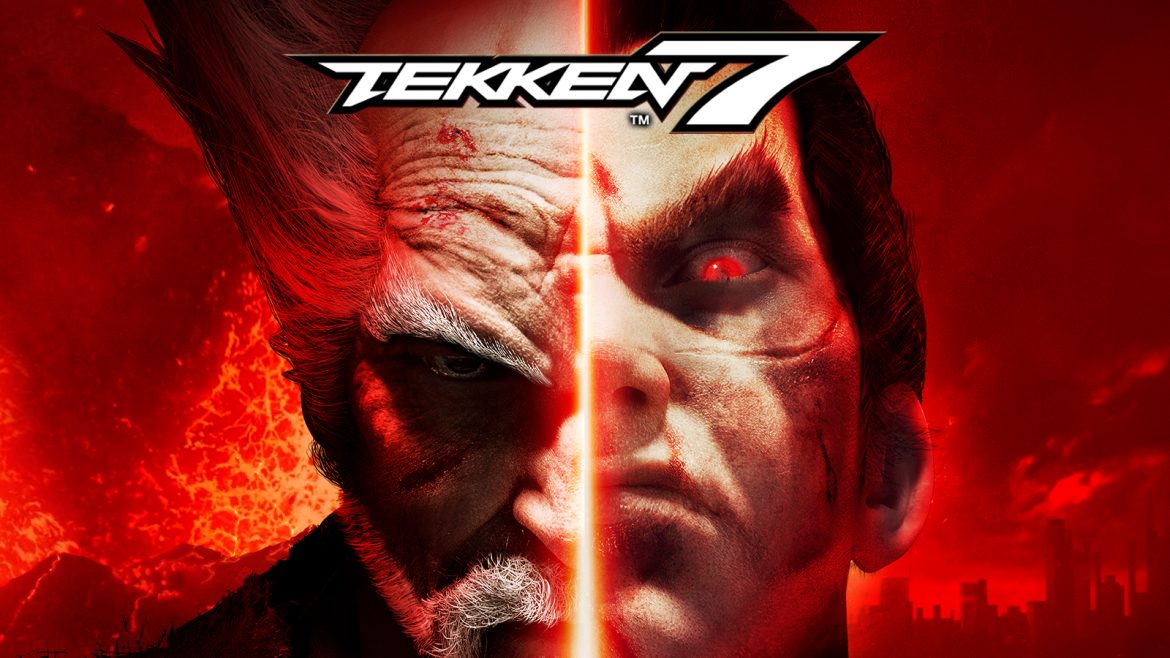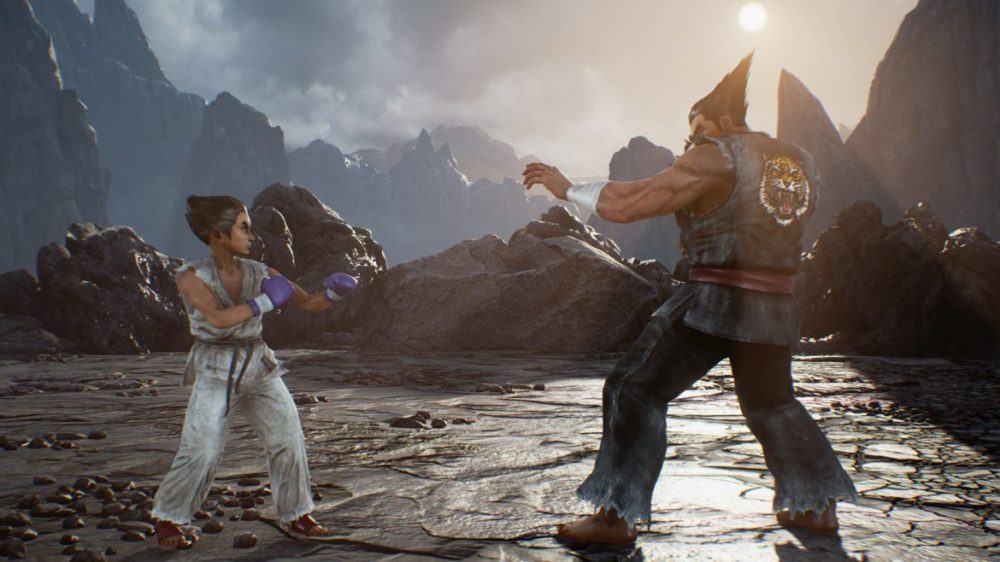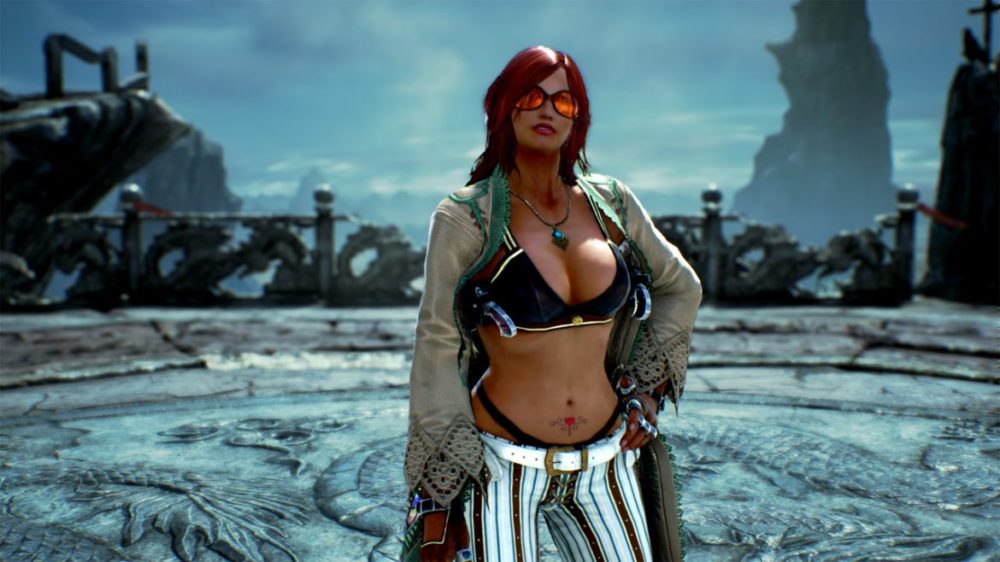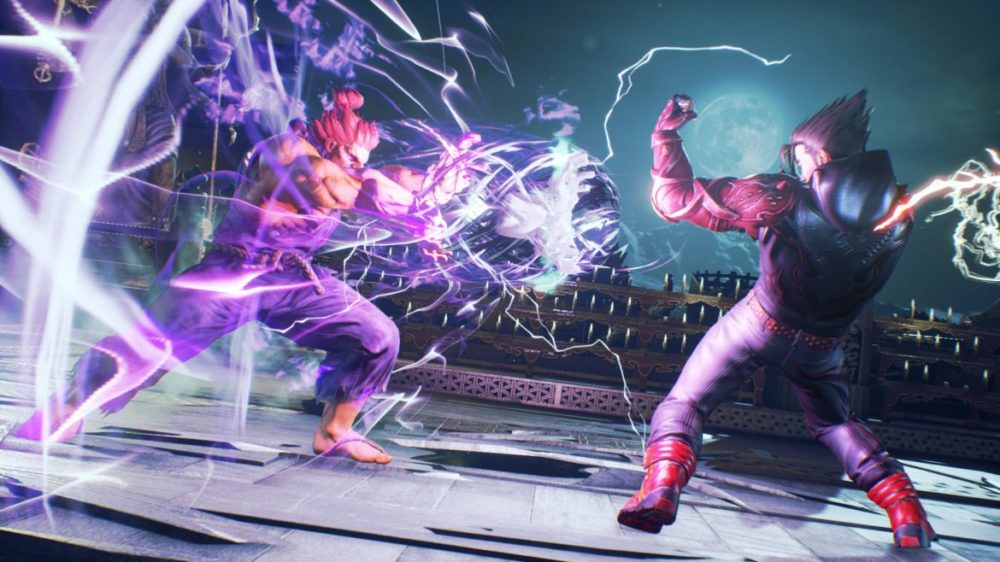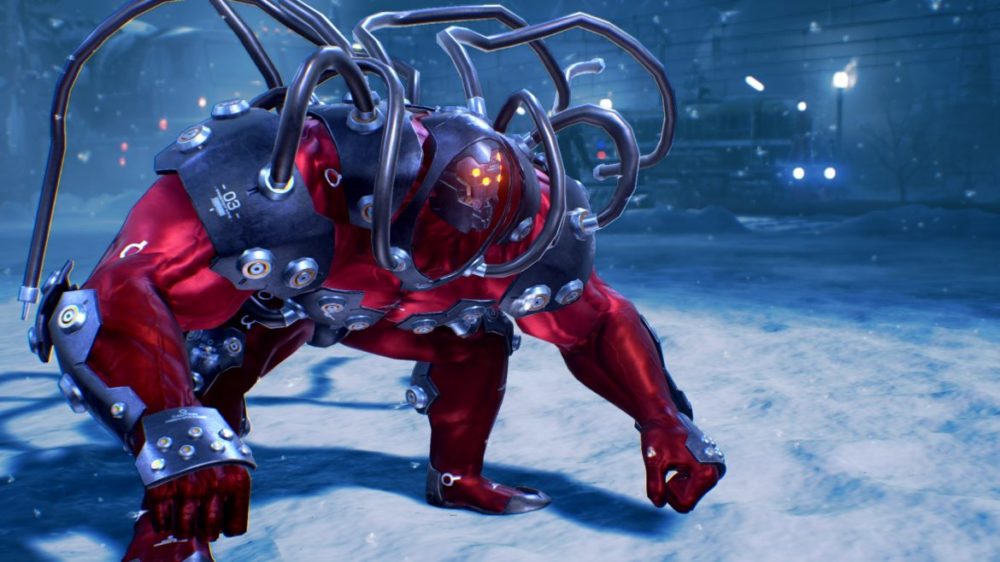TL;DR
Tekken 7 aims to reclaim the fighting game throne, delivering a definitive conclusion to the Mishima family saga and a visually stunning experience powered by Unreal Engine 4. While the graphics impress with 4K upscaling and HDR, some details like Nina Williams' hair fall short. The game boasts a robust roster, engaging Story Mode, and new mechanics like Rage, Power Crush, and Screw Attacks. It successfully blends nostalgic gameplay with modern enhancements, making it accessible for newcomers and rewarding for veterans. If you're a fan of the series or looking for a deep fighting game, Tekken 7 might just be the next big thing. Dive into the full review to see if it lives up to the hype!
It wouldn’t be quite accurate to say “it feels like yesterday,” but many on the editorial staff have fond memories of Playstation’s original gray console and the disc containing Namco’s Tekken spinning at full speed. The year was 1994 – 23 years ago. Tekken 2 then captivated the world, igniting a fighting game fever that proved to be a true asset for Sony’s classic Playstation. This impact was rivaled only by the excitement surrounding Tekken 3, considered by many to be the pinnacle of the series. However, subsequent generations of Tekken games failed to make a significant impact. Increased competition from titles like Soul Calibur on Dreamcast, arcade fighting games from SNK, and a resurgence of SEGA’s Virtua Fighter series diminished the Tekken series’ prominence. Until now.
2017 marks the opportunity to resolve lingering plot threads and conclude the saga of the Mishima clan and their violent feud. The seemingly immortal Heihachi Mishima is depicted throwing a young Kazuya from a mountain—an image familiar from previous Tekken games, albeit with different characters. However, Kazuya survives and vows revenge against his father for the murder of his mother. Simultaneously, Jin Kazama, Kazuya’s son, has mysteriously vanished, and Mishima Zaibatsu—the organizers of the King of Iron Fist Tournament—is plunged into turmoil as new challengers emerge. Foremost among them, Akuma (a guest character from the Street Fighter series), presents a formidable challenge.
Tekken 7 retains the core elements players expect from the series: intense fights, stylish graphics (accompanied by cutscenes), a complex narrative, and a diverse roster of fighters. While button-mashing can suffice at lower difficulty levels, mastering the game for online competition or matches against experienced players requires dedicated practice.
The visuals in Tekken 7, powered by the Unreal Engine 4, are generally stylish, with a few minor exceptions. The PS4 Pro dynamically upscales the image to 4K and utilizes HDR for striking lighting effects, such as sunsets on certain stages and highlights against dark backgrounds. Character models appear excellent and animate smoothly. Arcade machines of the past could scarcely have imagined such fidelity in home entertainment. However, some details stand out negatively. Nina Williams’ hair, for instance, appears unnatural, resembling plastic with unrealistic movement and texture. The developers might benefit from studying the techniques used by the Tomb Raider creators for rendering realistic hair. Similarly, background elements, such as the crowd in the Iron Fist ring, lack detail, appearing somewhat lifeless. This inconsistency is particularly noticeable given the overall visual quality in 4K and high resolution, making these shortcomings feel unnecessary.
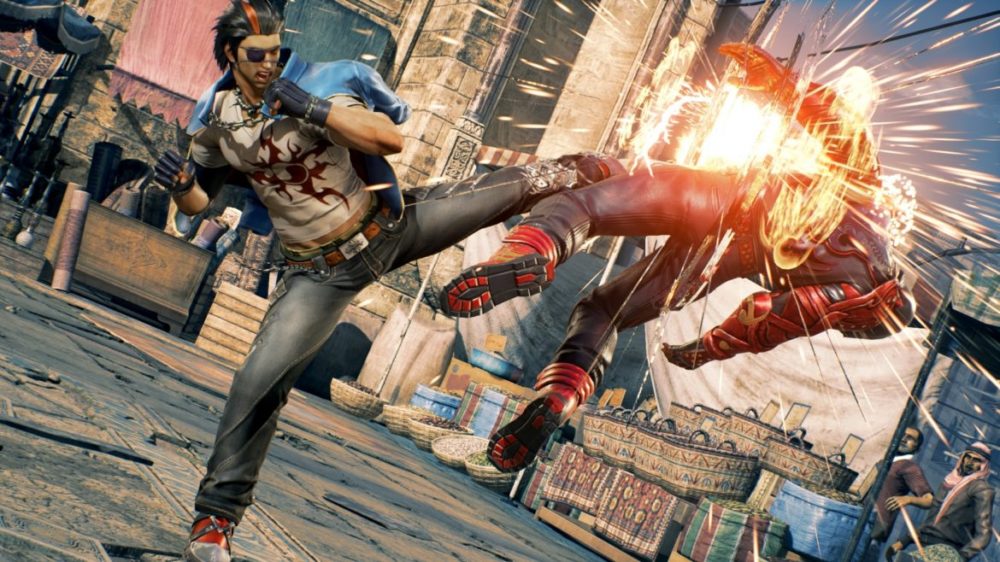
Tekken 7 offers various game modes and bonus content. The Story mode, which provides a definitive conclusion to the Mishima saga, is a must-play. It explores the history of Heihachi’s and Kazuya’s animosity and reveals Akuma’s involvement. The game features 38 playable characters, including six newcomers (though Lei Wulong is notably absent). Treasure Mode allows players to unlock loot and costumes for character customization—a blend of fun and Japanese eccentricity. A new Rage meter, similar to special move meters in Street Fighter and Injustice, enables devastating special attacks via the right shoulder button. Two new attack modes, Power Crush and Screw Attack, allow players to absorb damage while launching counter-attacks. The PS4 version includes a VR mode, enabling players to observe matches in VR using a PSVR headset. However, this feature does not significantly impact the gameplay experience and can induce motion sickness. Like Way of The Hado on Switch, it is primarily a novelty with limited replay value.
Namco Bandai successfully balances the enjoyable elements of previous Tekken games, retaining the engaging gameplay and accessibility. The attacks and timing remain familiar to veteran players, with the exception of a less effective side-step, making blocking a more viable defensive strategy. Simultaneously, the presentation has been significantly improved, new characters have been introduced, and diverse game modes offer ample content. While Ultra Street Fighter II has remained relatively unchanged, and Injustice 2, while excellent, presents a steeper learning curve, Tekken 7 retains the simplicity of four-button controls corresponding to limbs (albeit with button combinations).
We anticipate hosting numerous tournaments in the office with Tekken 7, potentially establishing it as a new fighting game favorite. It represents an updated and enhanced version of a beloved title from the 90s, four Playstation generations prior, exhibiting improvements in style, scope, and overall quality.
